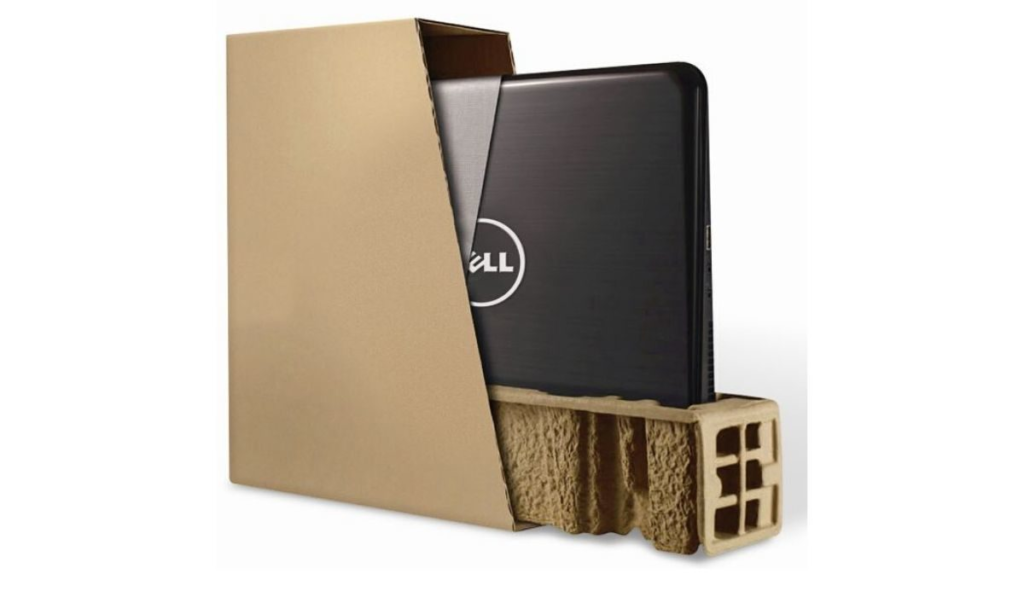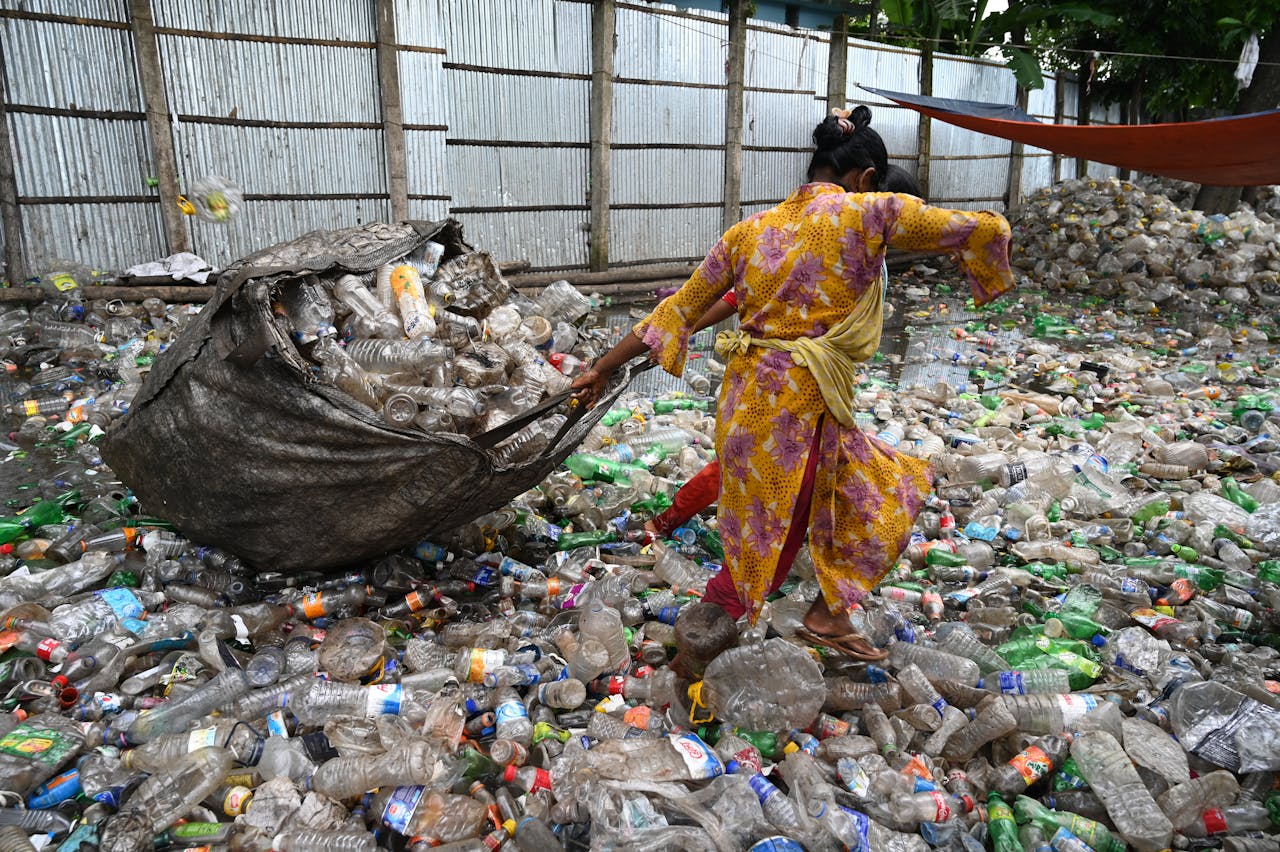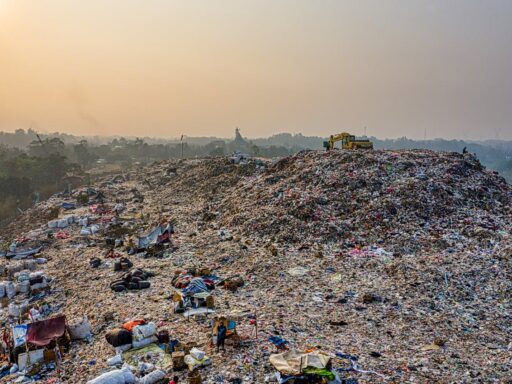As environmental awareness increases, industries across the globe are being called to adopt sustainable practices. The packaging industry, in particular, has become a focal point for innovation due to its significant contribution to waste and pollution. Consumers, governments, and businesses demand green packaging solutions that reduce environmental impact while maintaining product integrity. In this article, we’ll explore how green packaging transforms the industry, the companies leading the charge, and the future of sustainable packaging.
What is Green Packaging?
Green packaging refers to using sustainable materials and processes to create packaging that minimizes environmental harm. This includes using materials that are either biodegradable, compostable, recyclable, or made from renewable sources.
The circular economy model is central to green packaging. It emphasizes the continuous use of resources through recycling, reducing waste, and regenerating natural systems. In green packaging, materials like biodegradable plastics, recycled paper, and recycled plastics are used to reduce reliance on virgin resources and minimize pollution.
Dell pioneered a green packaging solution using biodegradable materials made from mushrooms. These materials can decompose naturally, offering a sustainable alternative to conventional materials.

Key Drivers of Green Packaging Innovation
Several factors are driving the shift toward green packaging:
- Consumer demand: More than ever, consumers prioritize sustainability in their purchasing decisions. They want products packaged in environmentally friendly materials that align with their values.
- Regulations: Governments are implementing stricter regulations, pushing companies to reduce packaging waste and adopt eco-friendly practices. These policies often include bans on single-use plastics and incentives for sustainable packaging solutions.
- Brand Responsibility: Companies are realizing that embracing sustainability strengthens their brand image. Businesses can foster customer loyalty and stay ahead of competitors by reducing their environmental footprint.
Others take on this:
Unilever has committed to making 100% of its plastic packaging reusable, recyclable, or compostable by 2025, reflecting the industry’s growing need for sustainable practices.
PepsiCo aims to reduce the use of virgin plastic in its packaging by 50% by 2030 to create a circular economy.
Sustainable Packaging Solutions
The packaging industry is seeing a wealth of green packaging solutions being implemented, offering alternatives to traditional packaging materials:
- Biodegradable packaging: Materials like plant-based plastics or paper that decompose naturally in the environment.
- Compostable packaging: Packaging that breaks down into organic matter under specific conditions and can be returned to the earth as compost.
- Reusable packaging: Durable packaging can be used multiple times, reducing single-use waste.
- Recycled plastics: Packaging made from recycled materials reduces the need for virgin plastic.
- Recycled paper: Utilizing post-consumer paper waste to reduce deforestation and environmental harm.
- Edible packaging: Innovative food packaging made from algae or other safe-to-eat materials that can be consumed alongside the product.
Others take on this:
Coca-Cola has moved toward using 100% recycled PET plastic bottles to close the loop on plastic waste.
Nestlé is piloting biodegradable water bottles that reduce reliance on single-use plastics and decrease environmental impact.
Evian now uses recycled plastic in its packaging and aims for carbon-neutral operations.
Saltwater Brewery developed edible six-pack rings from barley and wheat remnants, which help protect marine life and reduce ocean pollution.
These solutions minimize waste and offer long-term sustainable practices that can be integrated into a company’s broader sustainability strategy.
Green Packaging and the Supply Chain
Green packaging is not just about the materials used; it also significantly impacts the supply chain. Companies can achieve a more efficient, eco-friendly supply chain by reducing packaging size, weight, and the need for virgin materials.
- Reduced packaging materials: Lighter, compact designs help reduce shipping emissions and lower transportation costs.
- Sustainable sourcing: Using raw materials sourced sustainably minimizes the environmental footprint at every stage of the supply chain.
Others take on this:
IKEA’s flat-pack furniture model is a perfect example of how reducing the size and volume of packaging leads to less material waste and lower carbon emissions during transportation.
Industry Leaders Embracing Sustainability
Some companies are leading the way in green packaging and setting an example for others to follow:
- Nestlé: Known for their innovative efforts in reducing plastic waste, Nestlé is piloting biodegradable packaging for bottled water products.
- Amazon: The company has implemented frustration-free packaging, which reduces the amount of unnecessary materials and promotes easy recycling.
- Lush Cosmetics: Lush has embraced minimalist packaging, using biodegradable materials and offering packaging-free products.
- Tetra Pak: A leader in sustainable cartons, Tetra Pak is transitioning toward using more plant-based packaging materials to replace plastic.
Others take on this:
PepsiCo has invested $15 million in developing compostable snack packaging.
Starbucks is testing compostable cups as part of its commitment to reducing waste across its supply chain.
Challenges and Opportunities in Green Packaging
While green packaging holds immense potential, it is not without challenges:
- Higher costs: Biodegradable and compostable materials often have higher production costs.
- Scalability: New materials and technologies may take time to be adopted widely, especially for large-scale production.
- Consumer Education: Consumers must be educated on adequately recycling or disposing of these eco-friendly materials.
However, the opportunities are vast, especially in the food industry, where reducing packaging waste is critical. As more companies adopt sustainable packaging solutions, costs and scalability will decrease.
Others take on this:
Danone has partnered with Loop, a reusable packaging initiative that delivers products in durable containers that are returned, cleaned, and reused—offering a zero-waste alternative to traditional packaging.
Future Trends: What’s Next for Green Packaging?
The future of green packaging is bright, with continuous innovation pushing the industry forward. Expect to see:
- Further developments in biodegradable plastics make them more cost-effective and scalable.
- Increased use of minimalist packaging that reduces waste while maintaining product integrity.
- More companies are embracing reusable packaging to eliminate the need for single-use materials.
Others take on this:
Carlsberg is developing the world’s first biodegradable beer bottle made from sustainably sourced wood fibers, which will help reduce plastic waste in the beverage industry.
LEGO has committed to using sustainable materials in its core products and packaging by 2030, aligning with the shift towards a greener future.
Conclusion
Green packaging transforms the packaging industry, offering reduced waste and a more sustainable future. Companies must continue to innovate, integrate sustainable practices into their packaging strategies, and contribute to the circular economy. As consumer and regulatory pressure grows, green packaging will no longer be an option but a necessity for companies looking to reduce their environmental impact and meet the needs of eco-conscious consumers.






